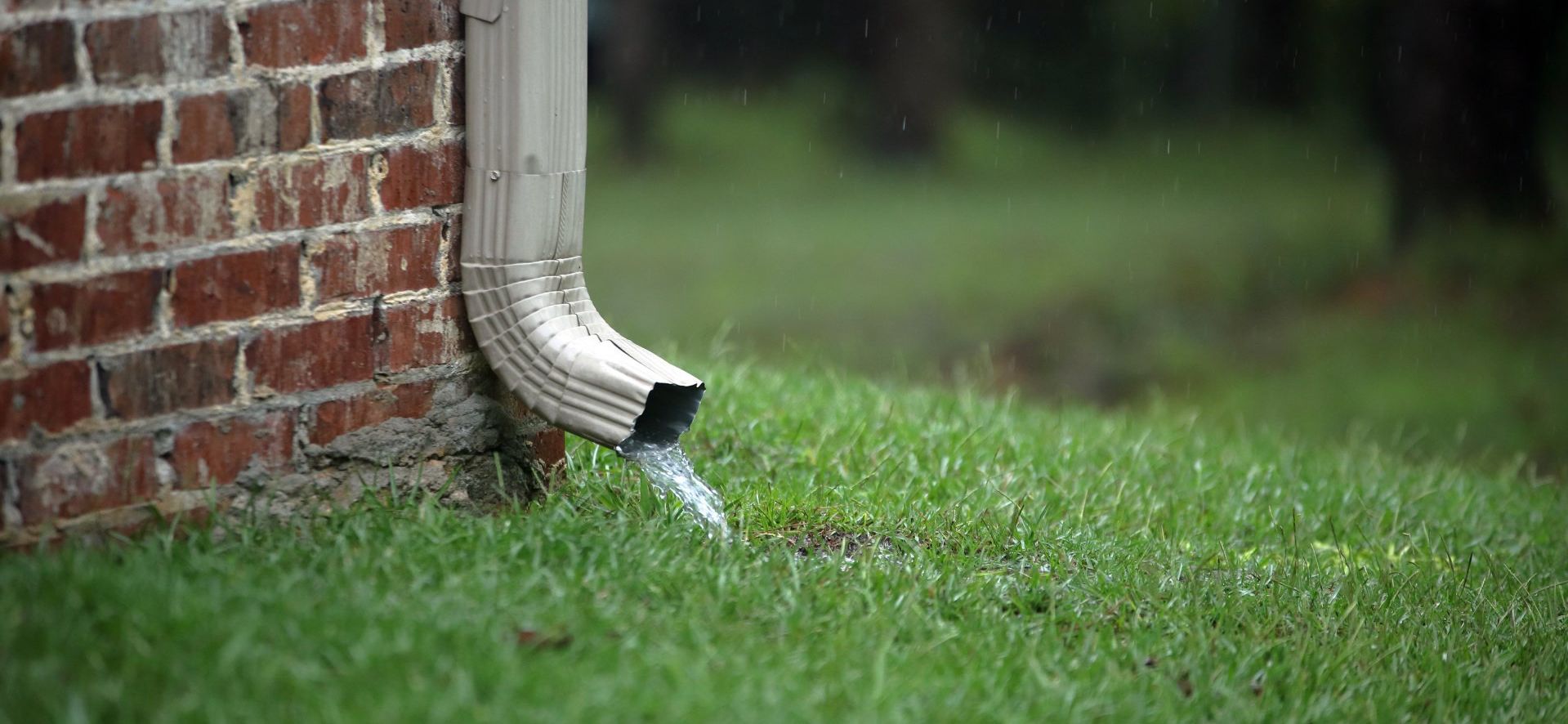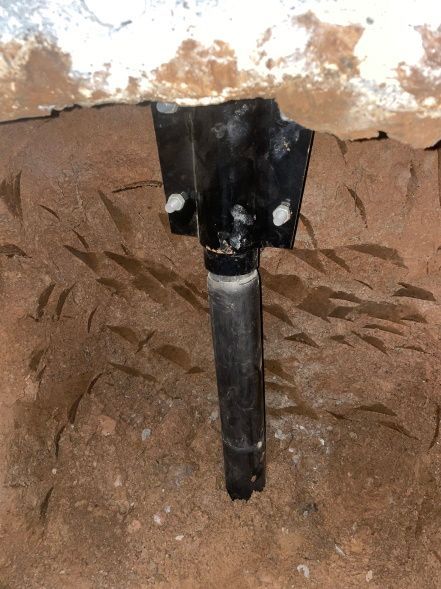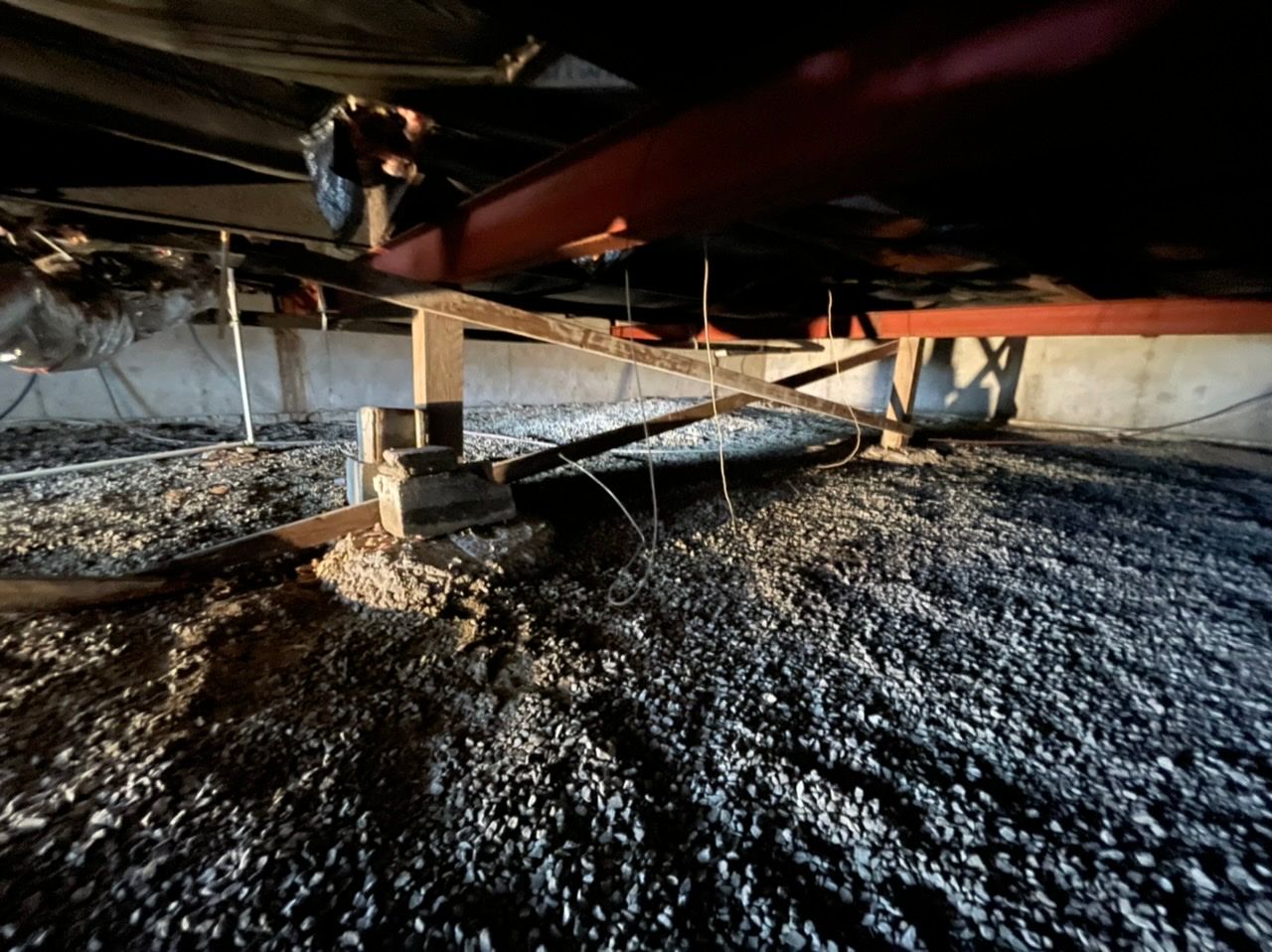10 Home Foundation Maintenance Tips for Spring
10 Tips to Protect Foundation in Spring

Spring is undoubtedly a beautiful season; however, it's not the perfect weather for your foundation if you're located within the Midwest's rainy season. Specifically, at this time, the foundation is just recovering from all the harsh effects of winter, while the spring rains also push the limits. If you don't want to replace the whole structure, you must ensure the foundation is in perfect condition.
For maintaining the foundation, you need all the information on the problems regarding this structural element. That’s why, in this article, we've gathered valuable insights and tips on how you can maintain a foundation in the spring season. Let's get started!
10 Tips to Protect Foundation in Spring
We've categorized all the main maintenance aspects to help you understand them better. The categories are:
1. Clean Drainage System
First and foremost, you need to ensure that gutters and downspouts are properly maintained after the winter ends. In winter, these drainage components become messier with all of the leftover grime, and can become loose or damaged. Inspect the gutters and downspouts and replace if needed to prevent water accumulation on the roof and foundation area.
If the downspouts are draining water near the basement, redirect them towards drains; they need to be at least 5 feet away from the foundation.
2. Trim the Trees
Look for the trees and shrubs in your yard to trim them; there can be branches overhanging on the roof or other parts of the house. These branches are also the reason why your gutters become messier and more clogged.
Also, if you want to plant new trees, make sure not to choose ones with invasive root systems, as they can potentially move soil and damage the foundation.
3. Inspect Your Walls
The walls in your house show visible signs if there’s any problem with the foundation. Inspecting walls is much easier than inspecting the basement, so anyone can keep checking for problems on your walls. The most common signs are water spots, cracks, stains, bubbles, bowing or leaning walls, and so on. These signs are potential problems that can damage the entire structure, including the foundation.
4. Check Cracks
When spring comes, the temperature fluctuates a lot causing ground movement. The contract and expansion of soil near the foundation puts too much stress on the concrete and cracks will form. And with this process going on, the cracks will increase in size and it can make the structure vulnerable and lead to water damage.
5. Check Basement
To take care of your foundation, you need to take care of the entire basement area, as it’s one of the most vulnerable places, and no one often checks this place for regular inspection. The walls in your basement often show signs of foundation problems; there can be cracks, mortar crumbling, leaks, bubbling, stains, or other damages near the basement. Solve these problems right after noticing them.
6. Check Pooling Water
Water can pool near the basement due to various reasons. Pooling can happen when you water your garden excessively, there are potholes in the ground, excessive rains, broken pipes, blocked drains, soil problems and so much more. When you find water pooling around the foundation, check for the root problem and solve it.
7. Graded Ground
If the ground gradient slopes in toward your foundation, the foundation will keep pooling. That’s why you need to check which way the water is gathering when it rains. If the slope is graded away from your house, then it’s fine. But in case your sloping yard is pooling water towards the foundation, you can install a French drain to divert away water.
8. Install Sump Pump
Sump pumps are great for preventing water accumulation in the basement area. Specifically, if your basement is prone to flooding, these little bumps can help a lot. If you don’t have any sump pumps installed, make sure to install a good one.
And in case your house already has one, ensure that it has a backup power source for any emergency and is always in good working condition.
9. Install Moisture Barriers
To protect the foundation, you need to keep an eye on the basement moisture level and the soil moisture level around the foundation. Excessive moisture can damage the foundation; that’s why you need to take proper steps to prevent the damage.
You can use a dehumidifier to control moisture-related issues by controlling humidity. Also, you can install a moisture barrier in the crawl spaces as the specialized sheeting barriers are great to prevent ground moisture from damaging the foundation.
10. Install Foundation Vents
A great way to deal with the aftereffects of rain and excessive humidity levels near the foundation area is to provide enough air circulation. You should install adequate foundation vents that will promote air circulation in the basement and reduce moisture while consuming little to no energy.
What to Do If the Foundation is Damaged?
First and foremost, you’ll need professionals to conduct an inspection and assess the situation regarding the foundation. The experienced professionals can recommend possible solutions to your problems, and they can also identify the root problems easily.
Once you know about the problems and the possible solutions to the, you should ask for quotations from multiple foundation repair specialists or contractors to evaluate which one is best suited for you. Always prefer an experienced and licensed contractor over a cheap one.
There are many solutions to any kind of foundation damage. So make sure to do research on them, as contractors can ask for more services than necessary to get more money out of you. Also, you’ll need the basics about the solutions to make sure things are going accordingly. Monitor the whole process thoroughly and document it if possible.
Moreover, you’ll need to make sure every job is done according to the local building codes to ensure the legal safety of your property. And, ask the professional what you should and shouldn’t do to prevent any further problems regarding this issue.
Regular inspections on both the inside and outside of the house are a must to prevent severe problems related to foundations. Always check for signs and whenever you find any, consult with a professional without delay. You can also hire them every few months, when the season changes, to do a thorough inspection. Reach out to Kansas City's highest rated foundation repair, basement waterproofing, and drainage professionals.
Call today or complete the below form for a free estimate.




